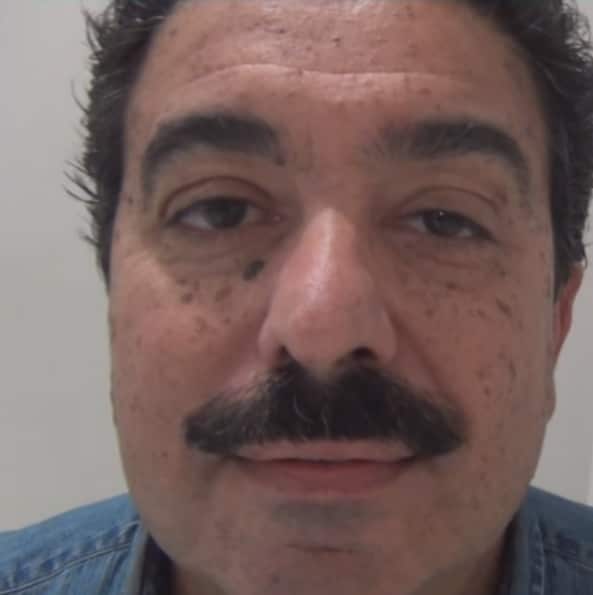They are benign tumors of the skin surface. The condition usually appears after age 40. They appear with age and appear more frequently. It forms in areas exposed to the sun, such as the face, scalp, back of the hands or chest.
They are thick, scaly patches on the skin. People can mistake them for warts. It has a color that goes from light brown to brown or black, its shape can be round or oval. They generally increase in size and number as you get older.
In a low percentage it can turn into cancer. It is convenient to remove them, this provides an aesthetic improvement and we make sure that they do not become malignant.
In our 3 centers we have laser technology and dermatologists specialized in this type of treatment. The cost will vary in the amount of injuries that the patient presents.
If the patient has many injuries, they are usually removed progressively. The patient does not feel pain during the treatment and once finished it is possible to continue with the normal life.
Clinical picture
Actinic keratoses develop most commonly in the parts of the body that are most exposed to the sun, such as the face, ears, neck, hands, or forearms.
They are usually painless but can be irritated and itchy. Keratosis presents clinically as rough, scaly patches or lesions.
These spots or lesions are not carcinogenic, but if left untreated they can potentially develop into a serious type of skin cancer called squamous cell carcinoma.
See videos of this treatment
We invite you to watch the videos on our YouTube channel with the account of patients who have received this treatment, entering here: Actinic keratoses, seborrheic
Treatment price for Actinic keratoses, seborrheic
$ 80.000 each session. The cost of the dermatological consultation is $20,000 pesos. If you. perform the treatment then the value of the consultation will be discounted.
To coordinate dates for this treatment
This procedure is performed by dermatologists at the 3 centers.
You can take your shift via the internet WITH DERMATOLOGISTS at any of our branches and go directly to carry out a treatment.


Frequent questions
- What are the symptoms of actinic keratosis?
Actinic keratosis looks like a pink, brown, or same-colored spot of the skin but is bulky and rough to the touch. - What causes actinic keratosis?
The biggest cause of actinic keratosis is too much sun exposure (natural light like the sun, or artificial light like that of the solarium). - Who is at risk of getting actinic keratosis?
It is more frequent in patients with fair skin, blue eyes of middle age or older who have had a lot of sun exposure. - How is actinic keratosis diagnosed?
People who are at risk of having any skin disorder should check their skin regularly. If you notice any persistent lumps or spots of unusual color, texture, shape, or size, you need to contact a doctor or dermatologist. Other worrying signs are pimples that don't heal or anything else that bleeds easily. The doctor will likely biopsy the skin by removing part or all of the lump to check for cancer cells. - How is actinic keratosis treated?
In most cases, actinic keratosis can be treated and cured. The result is more favorable if the disease is detected in its early stages. Treatment options include the following:- Topical creams or lotions
- Cryosurgery (freeze it)
- Electro-surgery (use of an electric current)
Treatment
Our Centers are equipped with the most advanced technology. The most modern treatment today is the exfoliation with the Lotus II Laser, Erbium micro fractionated. It is painless, fast, does not leave scars and the patient immediately continues his social activity.
It does not require the use of anesthesia of any kind, since the laser impact on the tissue is so fast that it does not cause pain or discomfort, allowing the treatment of multiple and large lesions.
How can actinic keratosis be prevented?
The best way to prevent actinic keratosis is to reduce sun exposure, especially during the hours when the sun is at its highest and the light is most intense. Some tips to keep in mind:
• Wear long-sleeved shirts, long pants, and a hat to protect areas of the skin that may be exposed to the sun.
• Apply sunscreen with a sun protection factor (SPF) of 30 or higher at least 30 minutes before going outside. A broad spectrum sunscreen is recommended to protect the skin from both A and B ultraviolet rays.
• Avoid tanning by staying in the sun or using solariums; it is preferable to use self-tanning products




